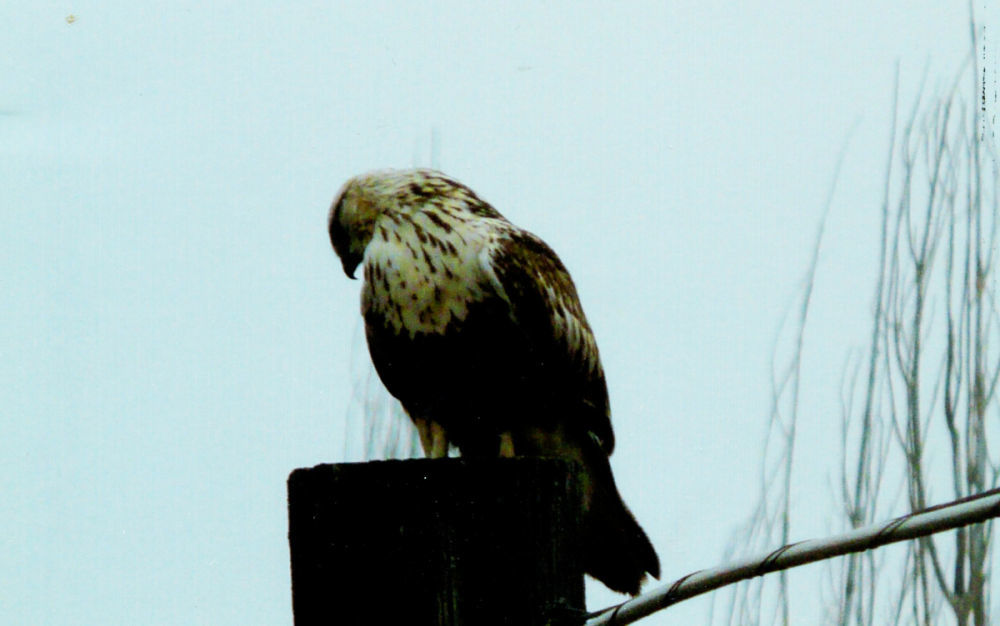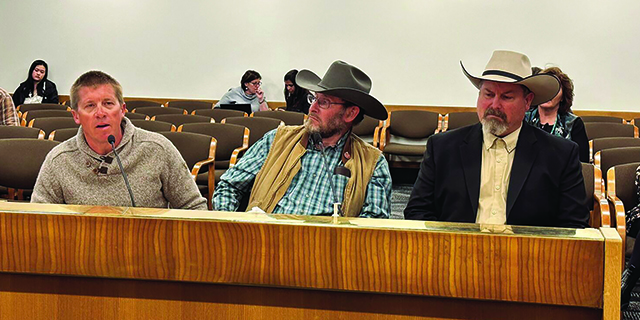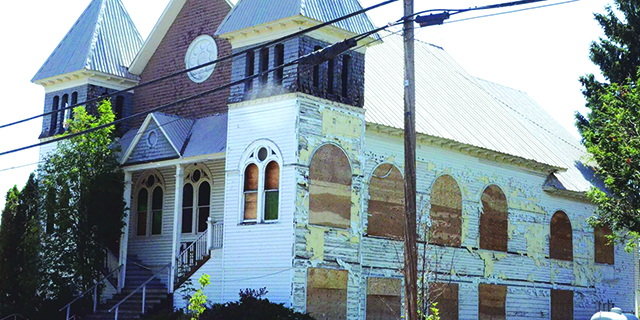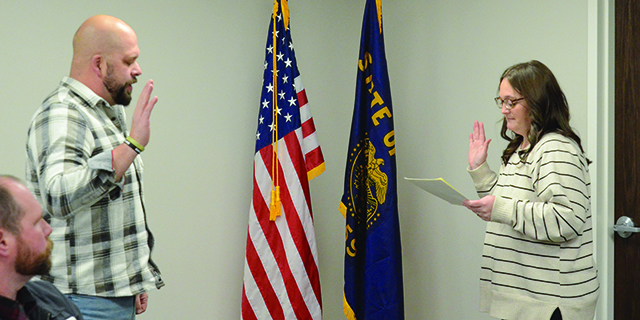Rough-legged hawks like winter
Published 4:00 pm Tuesday, January 15, 2013

- Birdwatching-Hawk.jpg
I snapped this picture of a rough-legged hawk on a telephone pole. It seems to be looking down hoping to spot a mouse or gopher. These hawks are not very afraid of humans since they spend their entire nesting season in the tundra country where there are almost no people.
In the winter when their habitat is frozen solid and in nearly total darkness, they migrate as far south as Texas and Arizona. And from mid-November until March they are the predominant large hawk here in Wallowa County. I believe that rough-legged hawks even outnumber the redtails this time of year.
Trending
During nesting season in the tundra, they often hover over their prey which consists of lemmings, arctic hares and ptarmigans. But here in Oregon they find an elevated perch overlooking farm fields and sit for hours waiting for a mouse or gopher to come to the surface and become a meal. If they cant find a tall dead cottonwood tree, they will spend long hours on a utility pole. When these large hawks cant find enough mice, they can also catch cottontail rabbits and game birds.
Since there are almost no trees in the open tundra, rough-legs will build their nests on cliffs. These nests are made of sticks and moss. To identify these hawks look for the white feathers that cover their head down to their breast with streaks of black. If they are in flight, you can see a large black spot under each wing.
In the winter, if you see a large hawk circling high in the air, it is most probably a redtail. But if it is sitting patiently on a high perch, it is most likely a rough-legged hawk. All of these hawks that are called buteos have eyesight that is equivalent to ten-power binoculars. Once they get their talons on their prey, they usually return to their former perch to devour it.









